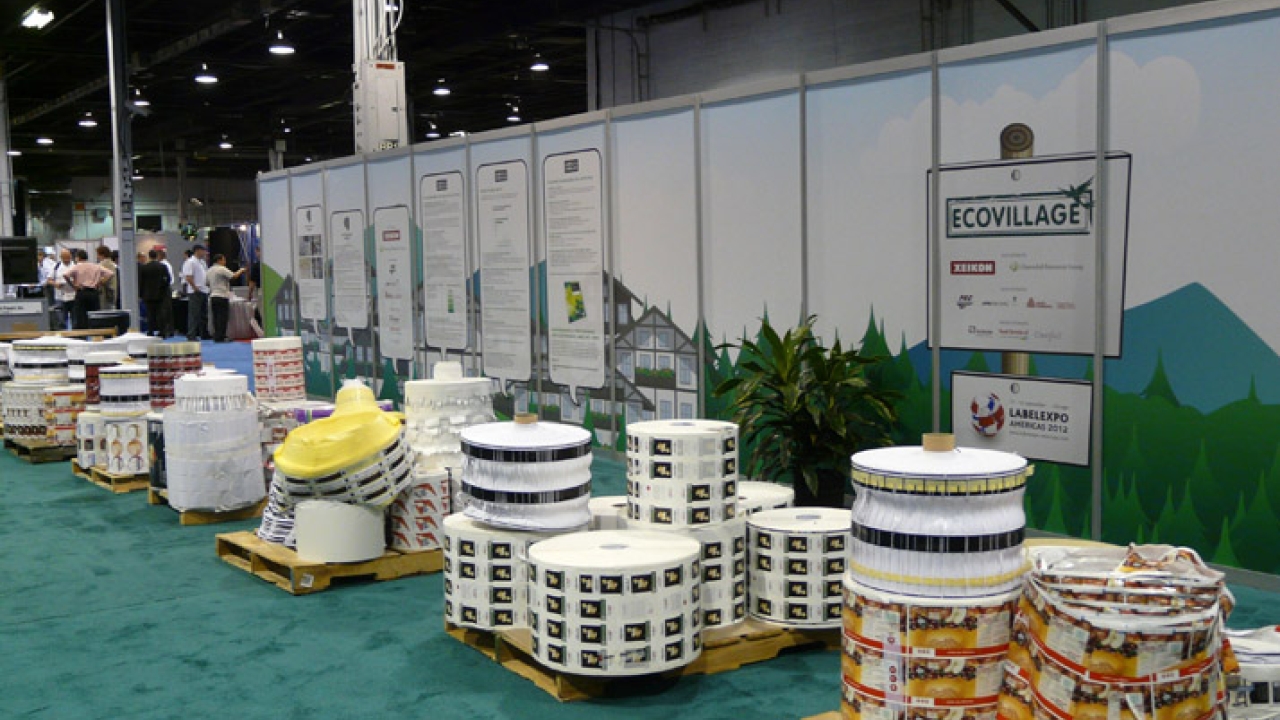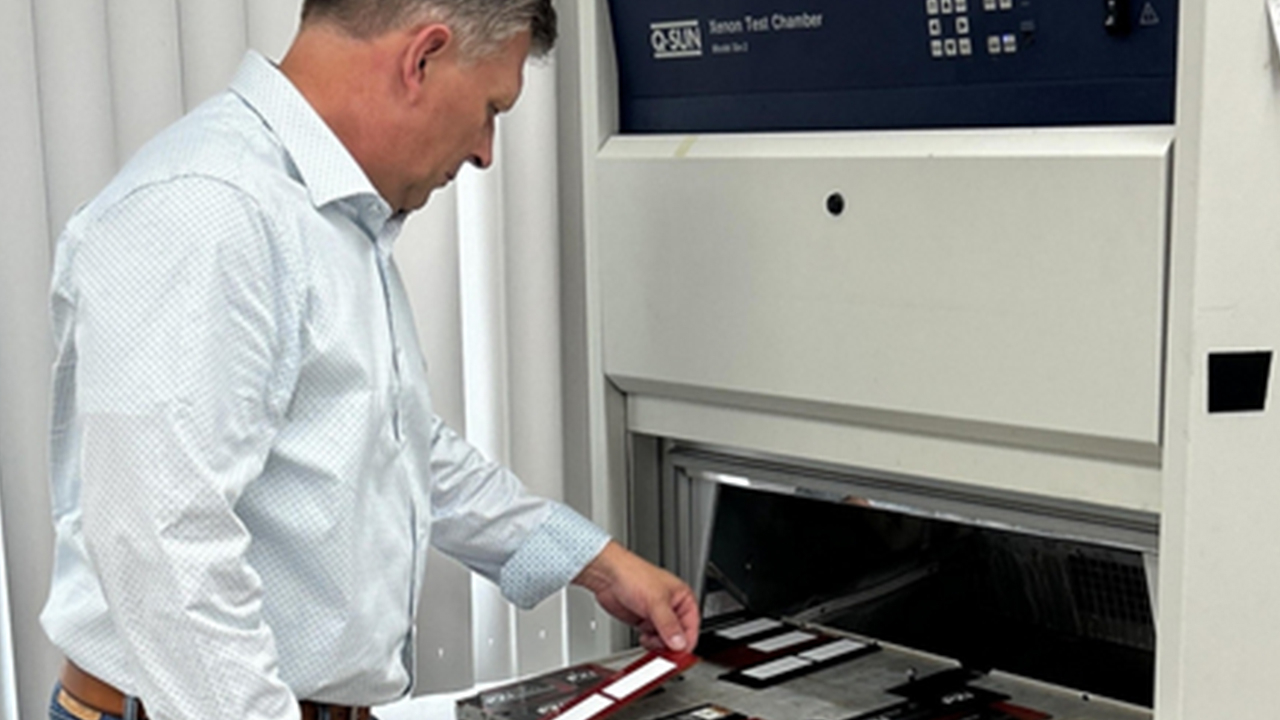Tipping the sustainability scale

With less than 12 percent of release liner recycled annually, Mitsubishi has invested in a closed-loop solution. Here the company talks about project adoption in the label industry.
The world consumes 1.4 million tons of pressure sensitive labels each year, and the volume is increasing. Release liner, both paper and film, is about half of this volume; less than 12 percent is recycled annually.
With the packaging industry being pushed by legislators and consumers towards zero landfill waste, this situation is not sustainable.
Mitsubishi Polyester Film is a large producer of silicone coated PET films used in the pressure-sensitive label market. Its plant located in Greer, South Carolina produces in-line silicone treated release films, which become the dispensing liner in applications such as durable labels and consumer product goods.
The company has created a closed-loop sustainable recycling process for PET release liners where the recovered material is made into Reprocess liners, consisting of recycled content polyester, and has confirmed the environmental benefits through a third party lifecycle assessment.
Labels & Labeling (L&L): Why did Mitsubishi invest in R&D to come up with Reprocess as a closed-loop solution for PET liner? What value did it see?
Mitsubishi (M): Historically, as part of the pressure-sensitive labeling process, the adhesive laminate facestock is separated from its carrier release liner. The facestock is then adhesively applied to the intended product surface while the remaining release liner is regarded as waste product. Four years ago Mitsubishi was approached by one of its key customers, a leading manufacturer of pressure-sensitive adhesive label and decoration materials, with the challenge to help solve the industry dilemma of dealing with this spent liner refuse. Ideally, the customer asked Mitsubishi to develop a solution which would be both environmentally sustainable as well as adding value to the use of polyester film as the substrate choice for pressure-sensitive release liners. Since Mitsubishi introduced its Reprocess closed-loop system during Labelexpo 2010, Mitsubishi has been awarded Environmental Leadership commendations by both the AIMCAL and TLMI trade associations.
L&L: Changing the CPG model of waste management – many are currently sending materials to China as a revenue stream – has slowed adoption of the opportunity. How can the industry help clients re-allocate revenue streams to domestic closed-loop options?
M: It's all about education; the industry must work on getting the word out and helping the value chain, all the way through to the consumer level, understand the benefits in supporting Mitsubishi’s Reprocess technology and system.
L&L: What are the other barriers to adoption and take up of Reprocess as a product?
M: The difficulty of spent liner collection is due primarily to complex logistics. And the need to change traditional local facility waste disposal practices has proven to be a greater barrier to success than previously estimated. Mitsubishi offers Reprocess sustainable liners with 5 percent post- industrial recycle content with a goal to reach 25 percent re-content.
L&L: On top of complex logistics issues, volume can be a major cost issue. The industry needs to adapt accordingly to achieve economies of scale. Is Mitsubishi prepared?
M: Mitsubishi has enough processing capacity to support the PS industry and can increase supply of its Reprocess products. Mitsubishi currently offers Reprocess sustainable liners with about 10 percent post-industrial content with its ultimate goal to reach 25 percent. The main issue is the need to add collection sites for the used spent liner to recover more material in order to keep the loop flowing for a cost that’s acceptable to the entire value chain.
Guide to recycling release liners
TLMI has published "AGuide to Recycling Release Liners", created by its environmental committee, which can be found on the association’s website here.
The guide asks brand owners to define the type and volume of liner that it has at a particular location in volume, width and total footage. It provides guidelines for packaging-up the materials in rolls or gaylords and describes segregation rules to follow. Lastly it includes a list of companies that will collect various release liner materials – films, papers and provides contact details.
EcoVillage
At Labelexpo Americas 2012, show management demonstrated in the EcoVillage how label matrix waste and release liner can be collected and transformed into an alternative energy solution in partnership with Channeled Resources Group and Greenwood Fuels. All together 42,200lbs of material was collected from the show floor and taken to a facility in northern Wisconsin where it was made into biomass fuel pellets.
The pellets can be used in direct replacement of coal and typically have a higher BTU content. A number of label converters in the Midwest are working successfully to close the loop on their waste production using this method.
This article was published in the Labels & Labeling Yearbook 2013
Stay up to date
Subscribe to the free Label News newsletter and receive the latest content every week. We'll never share your email address.


